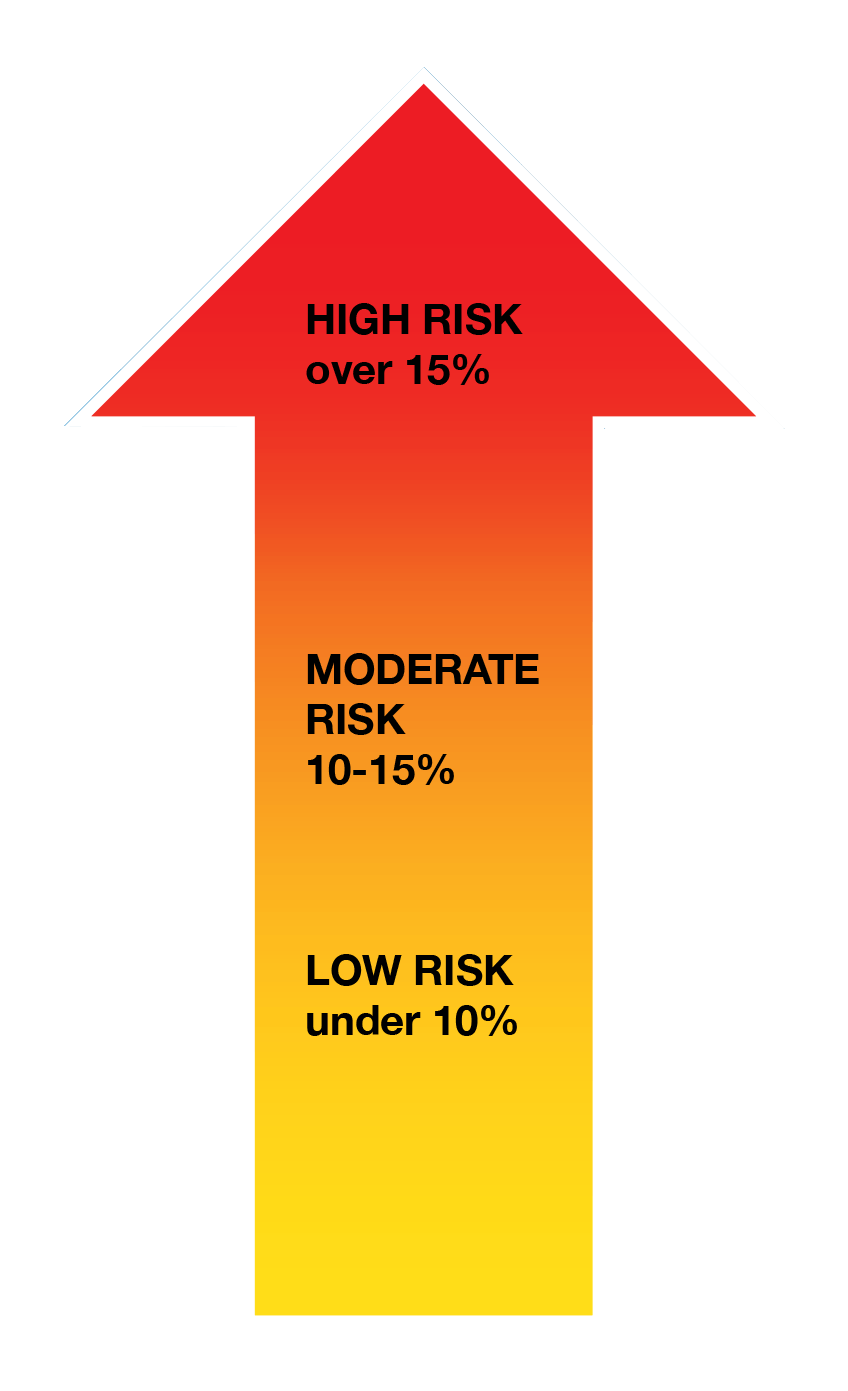What does your risk score mean?
If your risk score is more than 15%, you are thought to be at high risk of cardiovascular disease (CVD), that is heart, stroke or blood vessel disease, in the next five years. That means if everyone with a risk score of more than 15% was grouped together, about 1 in 7 would get CVD within the next five years.
If your risk score is between 10-15%, you are thought to be at moderate risk of CVD in the next five years.
If your risk score is less than 10%, you are thought to be at low risk of CVD in the next five years.
Whatever your risk score today, remember that it can change depending on what actions you take to lead a healthy life.
The following is an example of someone who gets their absolute risk measured:
David is a 49 year old male who has smoked a packet of cigarettes every day for the past 20 years. He has high blood pressure, often measured at 160 mmHg/100 mmHg. His total cholesterol is 6 mmol/L and his HDL cholesterol is 1 mmol/L. David weighs 70 kg and is 165 cm tall. David's father died of stroke at 70 years of age, and his mother, who is 85 years old and still alive, has high blood pressure and diabetes.
David's doctor considers these risk factors, as well as whether or not David has any conditions, such as chronic kidney disease, that already put him at high risk of CVD, before calculating his risk.
Using a risk calculator, the doctor works out that David's CVD risk score is 16%.
David has a high risk (more than 15%) of experiencing a cardiovascular event, such as heart attack, in the next five years. Therefore, he needs to act now to lower his risk and works with his doctor to work out strategies to reduce his risk of getting CVD. These strategies might include quitting smoking, taking medicine, exercising, eating more fruits and vegetables and drinking less alcohol.








